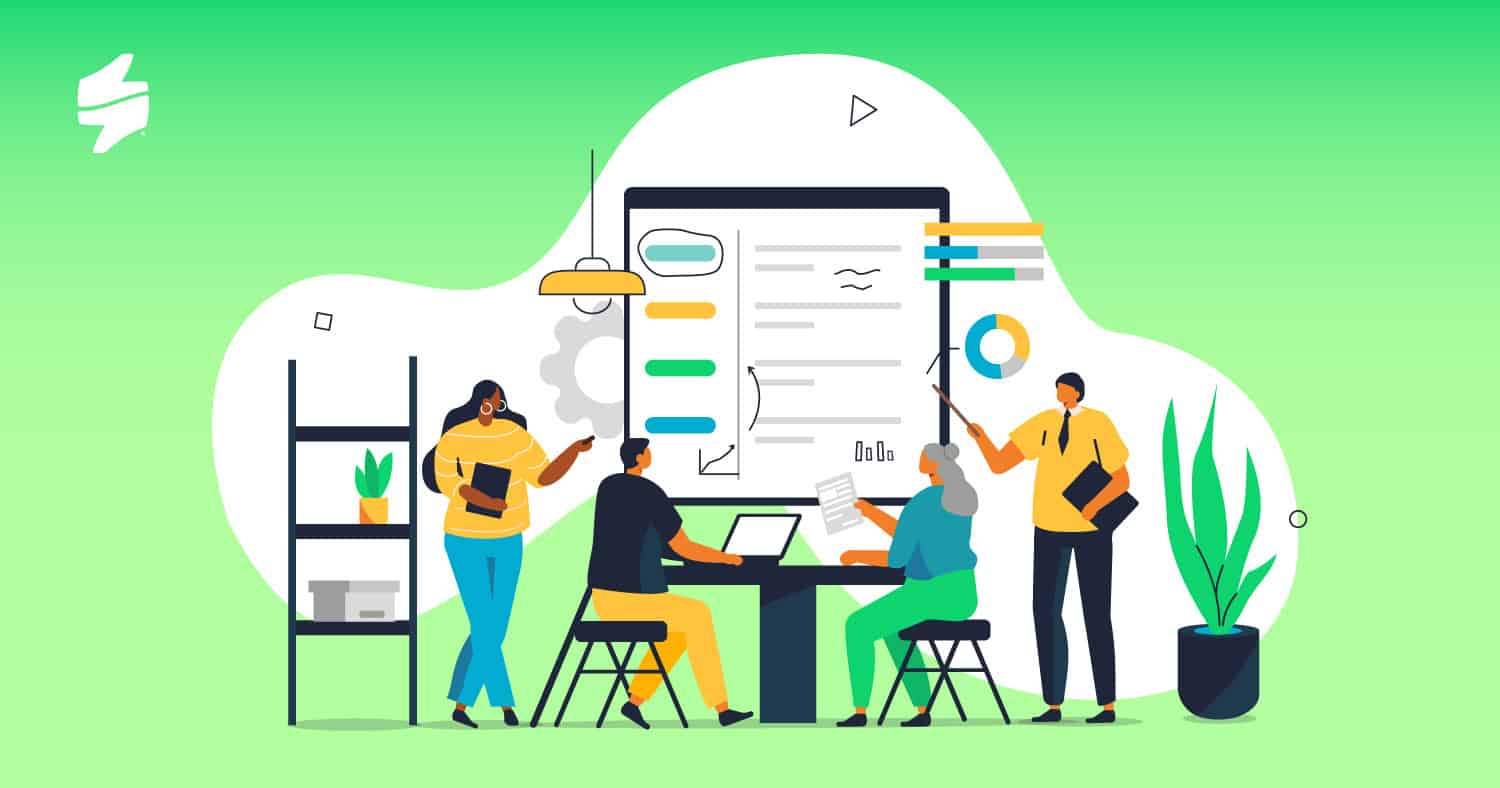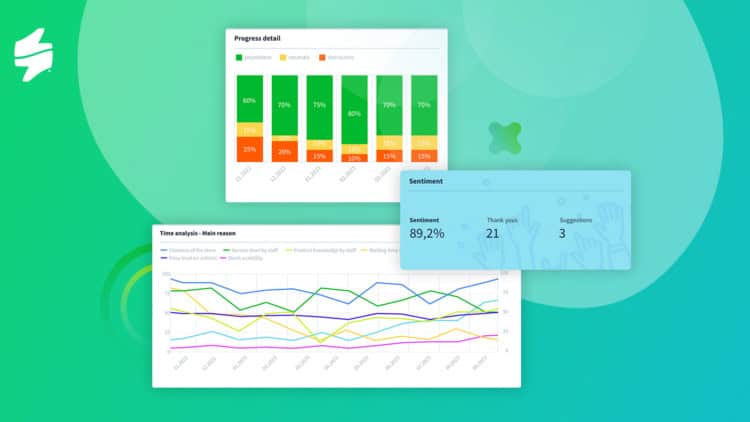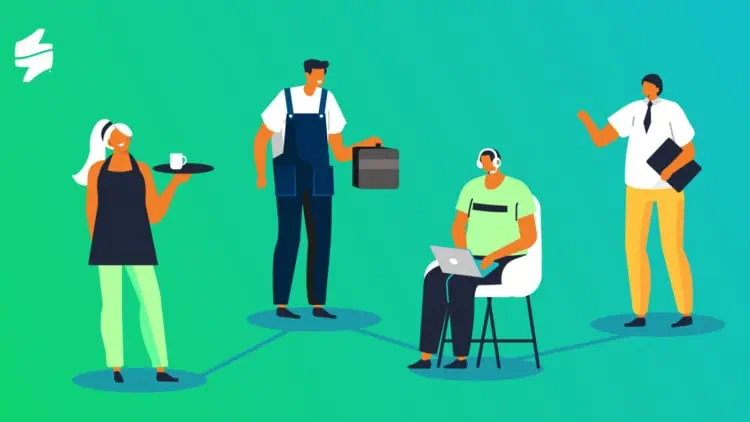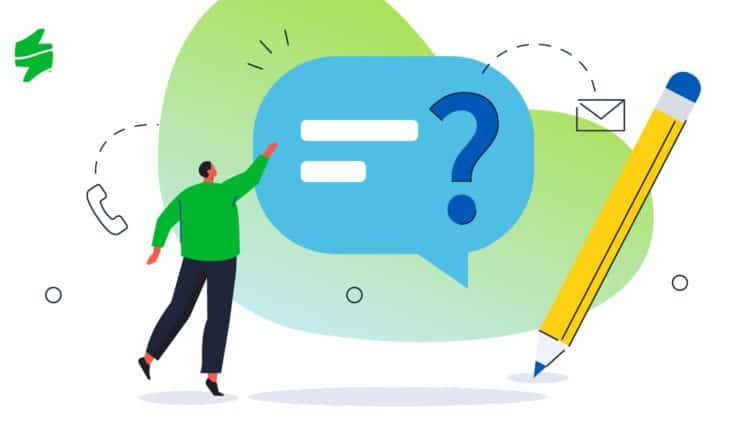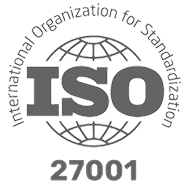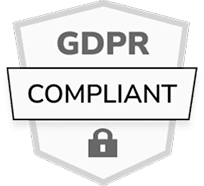Customer experience has become a defining factor in business success, influencing everything from brand loyalty to revenue growth. A robust customer experience team can turn feedback into actionable insights, improve customer interactions, and ultimately create a positive impact on the bottom line.
In this article, we’ll explore the best practices for creating an effective CX team, covering key aspects of organizational structure, customer experience management and tools that drive CX success.

Defining the Purpose of Your Customer Experience Team
The purpose of a customer experience team goes beyond handling customer complaints; it’s about designing, managing, and continuously improving the end-to-end journey customers have with your brand.
Your CX team is responsible for understanding customer needs, tracking their interactions, and developing strategies to enhance client experience across all touchpoints. The goal is to build a structured, agile team that can respond quickly to feedback, close the loop on issues, and ensure consistent satisfaction.
Structuring Your CX Team for Optimal Performance
The customer experience organizational structure varies depending on company size, industry, and objectives. A well-organized team typically includes the following roles:

CX Director or Manager
A CX manager oversees the strategy, sets KPIs, and aligns CX initiatives with business goals.
CX Analysts
These team members handle customer experience analytics, track key metrics, and provide insights to the team.
Support Specialists
Customer support agents are responsible for closing the loop, which means responding to customer feedback, resolving issues, and ensuring that feedback is actionable.
CX Designers or UX Specialists
This role focuses on designing user journeys, interfaces, and interactions that meet customer needs effectively.
Data Scientists or AI Specialists (in tech-driven teams)
They analyze data for behavioural patterns and predict trends to address customer needs preemptively.
For small businesses, one person may wear multiple hats, while larger organisations might have separate departments for customer experience management and user experience design.
Developing a Customer Experience Department Structure
An effective customer experience department structure should be designed to foster collaboration across the company, especially with marketing, sales, and product development teams. Cross-functional collaboration ensures that insights gained by the CX team translate into actionable changes across departments. Key best practices for structuring your CX department include:
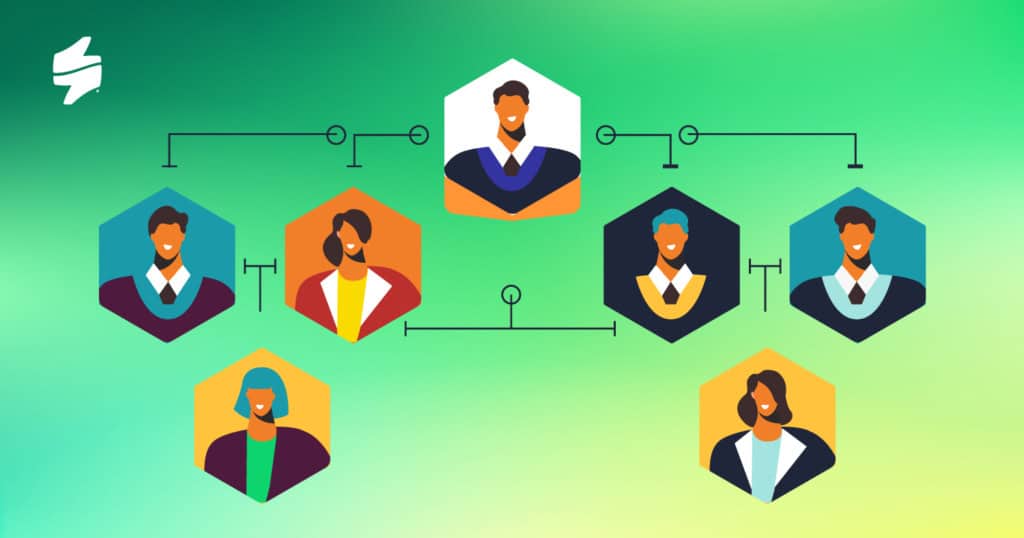
- Centralized vs. Decentralized: In a centralized structure, all CX activities fall under a dedicated team. A decentralized structure, often seen in large enterprises, embeds CX team members within individual departments for closer alignment with specific functions.
- CX Committee: In larger organisations, a CX committee with representatives from various departments can support broad-based alignment and ensure that customer experience remains a priority across functions.
Best Practices for Customer Experience Management
Here are four best practices to guide your CX team in managing customer experience:
1. Define Clear Goals and KPIs
Establish quantifiable goals such as reducing customer churn, improving customer satisfaction, or increasing loyalty. Key metrics for CX teams often include NPS, CSAT, and CES.
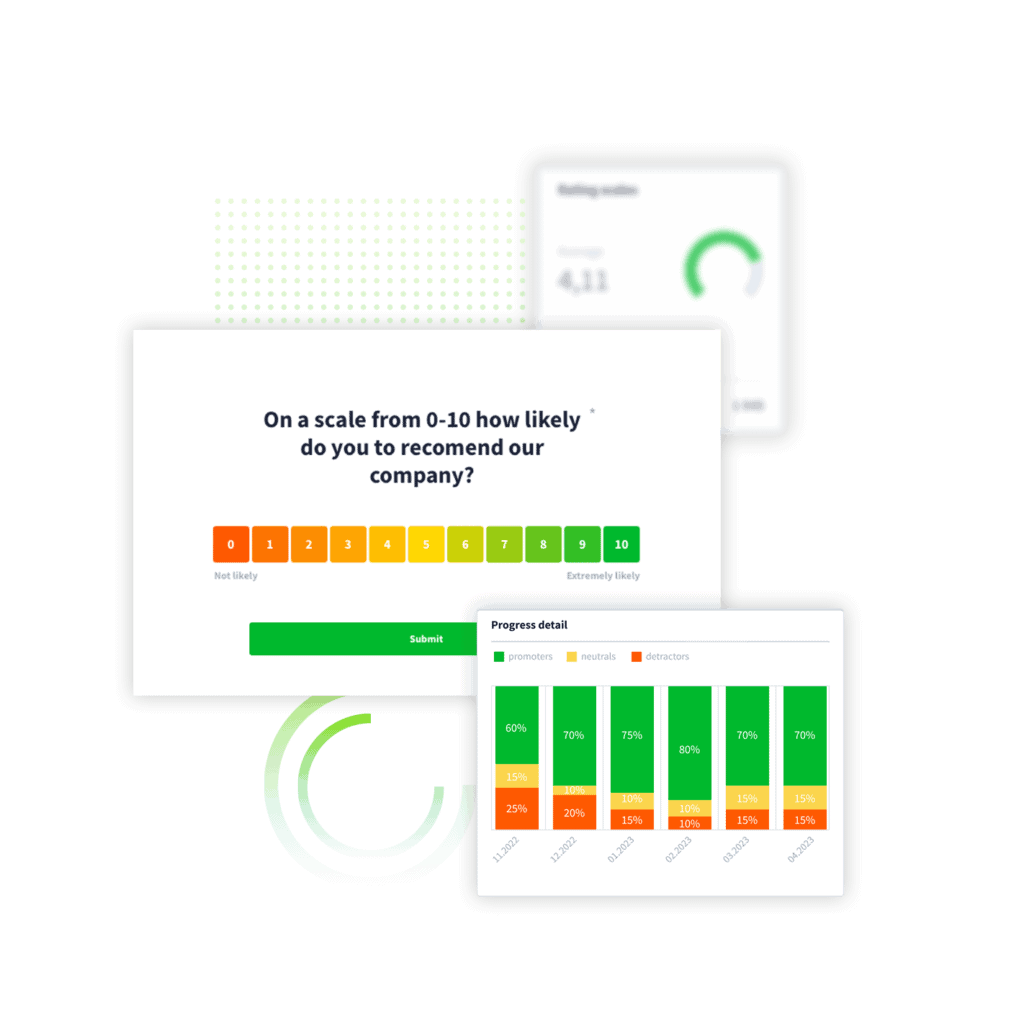
2. Empower Team Members to Make Decisions
Empower your CX team members to close the loop and resolve issues on the spot without excessive red tape. Autonomy is essential for quick response times, which in turn boosts customer satisfaction.
3. Invest in Continuous Training and Development
CX best practices and technologies evolve rapidly. Providing ongoing training helps your team stay updated on the latest in customer experience management software, behavioral analysis, and feedback loop strategies.

4. Foster a Culture of Customer-Centricity
The CX team alone cannot create a great customer experience; it requires a company-wide commitment. Encourage all departments to adopt a customer-centric mindset, understanding that customer experience impacts everyone, from marketing to IT.
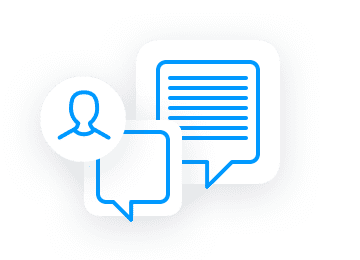
Experience Management Made Smart
Boost your business performance with Staffino – the ultimate platform to deliver unique experiences for your customers and employees.
What’s the Right Customer Experience Management Software for Your CX Team?
CX management software plays a vital role in optimising CX operations. From gathering real-time feedback to managing customer journey analytics, the right software can streamline the CX team’s workflow. Consider software solutions that offer:
- Real-time data collection: Tools that collect feedback through multiple channels (e.g., SMS, email, in-app) in real time.
- Advanced analytics and AI: Capabilities such as customer sentiment analysis, predictive analytics, and behavioral insights help CX teams proactively manage customer experiences.
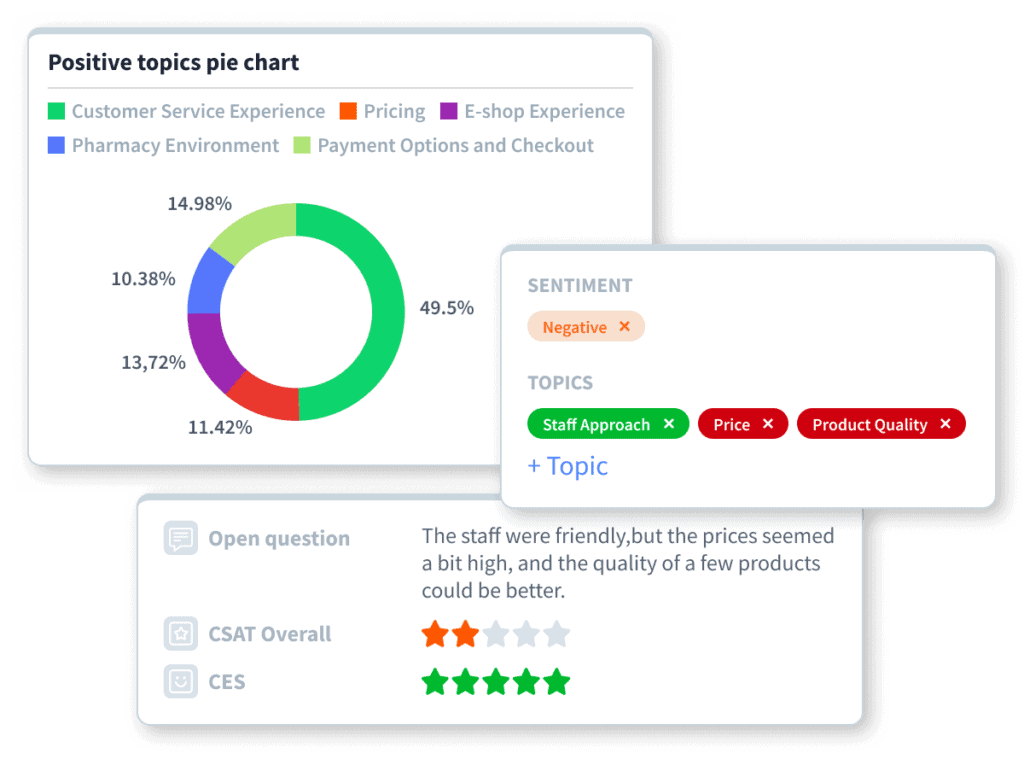
- Automated feedback categorization: Using AI feedback analysis to categorize feedback enables faster response times and prioritization of critical issues.
- Customizable CX dashboards: CX dashboards provide a snapshot of KPIs and trends, enabling quick decision-making and continuous monitoring of customer sentiment.
CX platforms like Staffino support these functions by offering tools for real-time data analysis, closed-loop feedback, and even AI-driven sentiment analysis to help companies act on customer feedback efficiently.
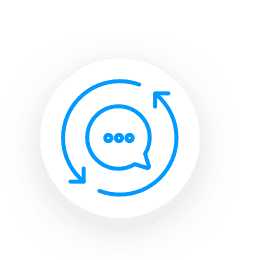
Get a First-Hand Experience Today!
Staffino is the perfect tool for creating engaging surveys, tracking performance, responding to customer feedback, and rewarding top employees. Get started today with our FREE demo!
Measuring and Adjusting Your CX Team Effectiveness
Building a CX team isn’t a “set it and forget it” endeavor.
Continuously measure your team’s performance to ensure alignment with the organization’s CX goals. Regularly assess metrics such as:
- Time-to-resolution,
- customer satisfaction following feedback closure,
- and the impact of CX initiatives on customer retention and revenue.
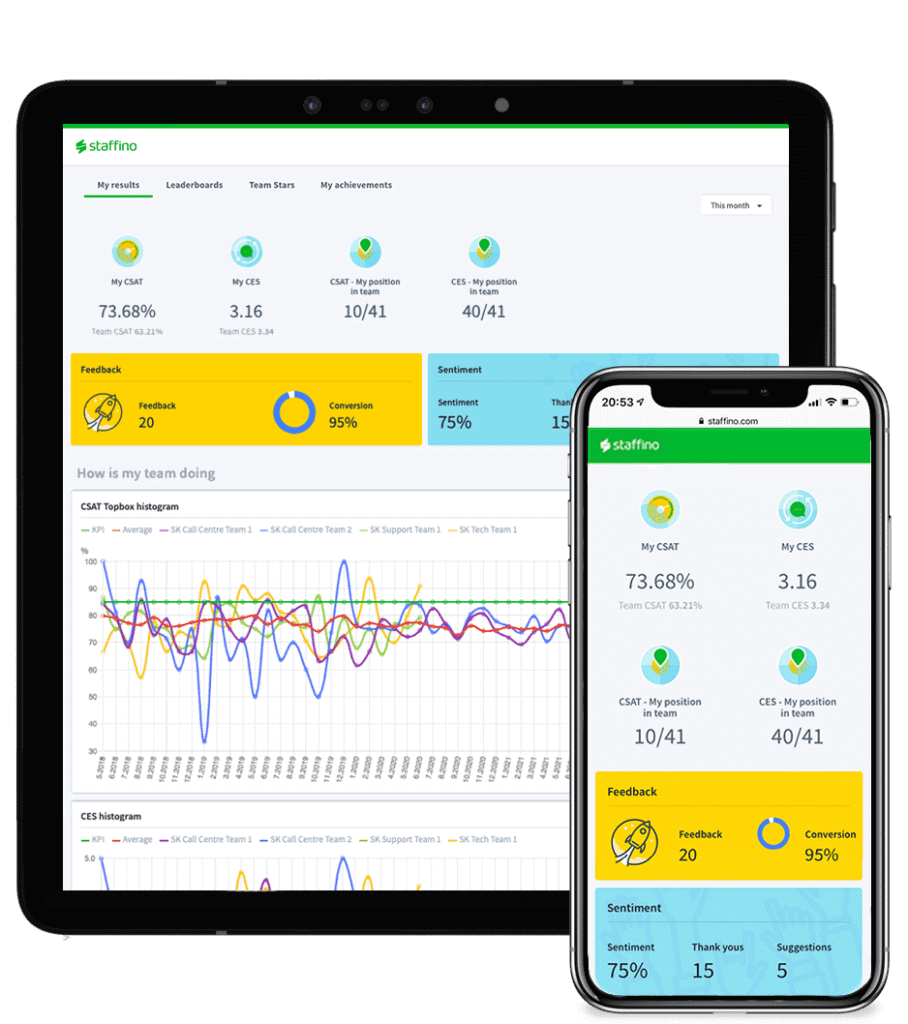
Adjust roles, responsibilities, or strategies as needed to keep pace with evolving customer expectations.
How Staffino Can Support Your CX Team
Building an exceptional CX team requires the right tools to track, manage, and analyze customer feedback effectively. Staffino offers a comprehensive customer experience platform designed to support every stage of this process.
With features for real-time feedback collection, CX analytics, closed-loop feedback, and AI-powered feedback analysis, Staffino helps CX teams streamline their workflows, close the loop on customer issues quickly, and drive impactful improvements.
Final Word
Building a customer experience team is a strategic move that requires a clear structure, a feedback-driven culture, and the right technology to manage customer expectations proactively. By following these best practices, you’ll set the foundation for a CX team that not only meets but exceeds customer expectations, driving lasting loyalty and business growth.
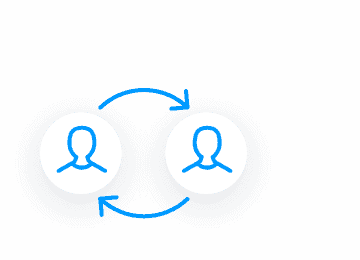
Consult Your CX Strategy Today!
Power up your customer experience with cutting-edge insights from Staffino's CX consulting experts. Create a bulletproof CX strategy and turn one-time visitors into loyal advocates.
